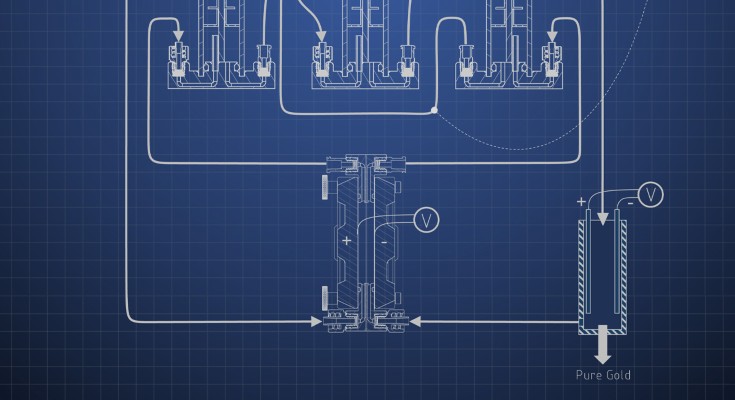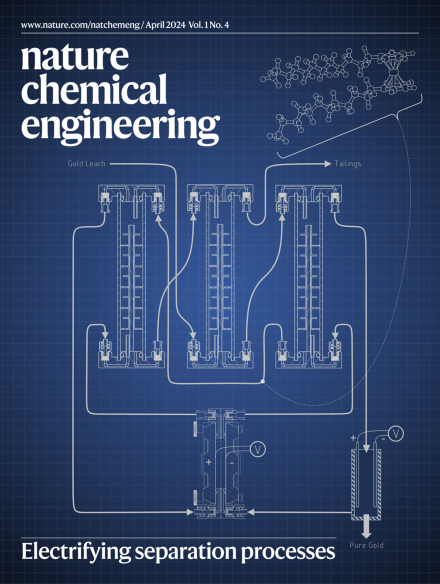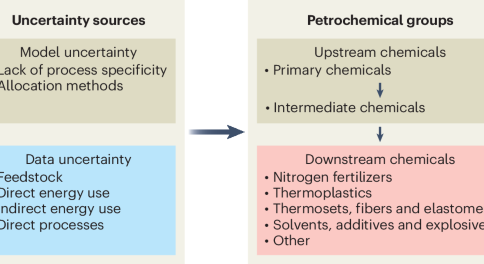
Read our April Issue!
Launched in January 2024, Nature Chemical Engineering is an online-only journal covering the most significant research and analysis of relevance to the diverse community of chemical engineers.

Launched in January 2024, Nature Chemical Engineering is an online-only journal covering the most significant research and analysis of relevance to the diverse community of chemical engineers.


The carbon footprints of petrochemicals have large uncertainties, challenging decarbonization efforts. Now, a study identifies the main uncertainty sources and strategies for improving the accuracy of greenhouse gas emissions estimations and reporting for petrochemicals.